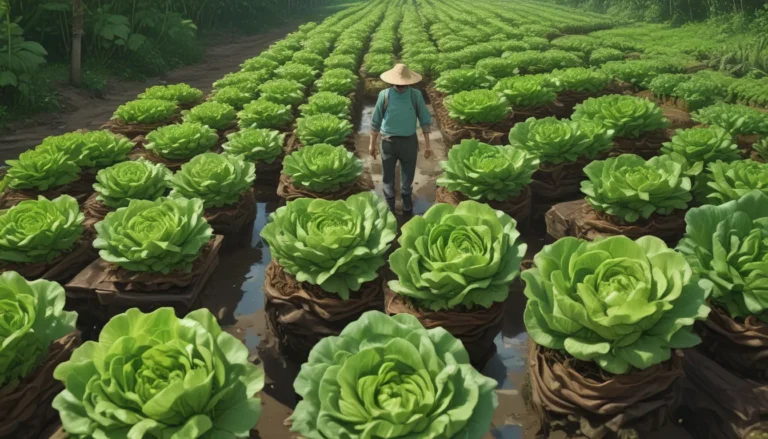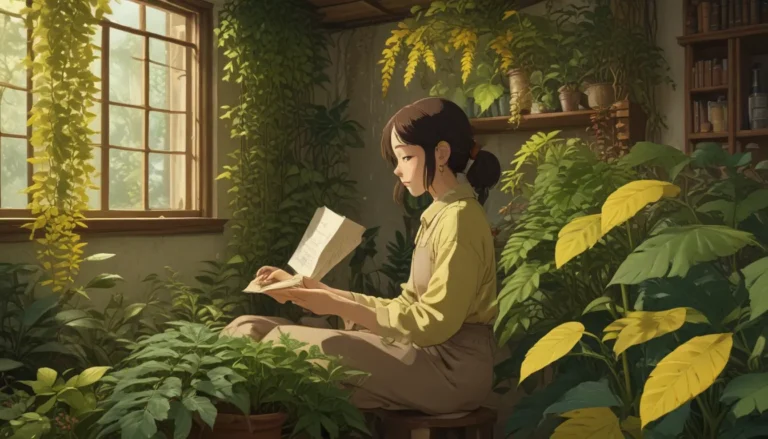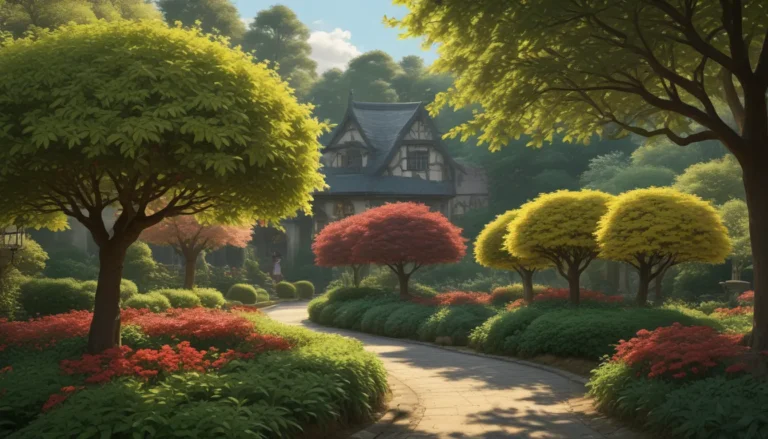Understanding Citrus Greening Disease: A Complete Guide for Californians

Citrus greening, also known as Huanglongbing (HLB), is a devastating disease that poses a significant threat to California’s cherished citrus trees. This lethal disease has already caused havoc in Florida’s citrus industry and is now on the march in the Golden State.
In this in-depth guide, we will delve into the details of citrus greening, focusing on what it is, how to identify and prevent it, treatment options, and more. As Californians with a love for citrus trees, it’s crucial to understand the gravity of this disease and take steps to protect our beloved trees.
What Is Citrus Greening Disease?
Citrus greening is a deadly disease caused by the combination of the Asian citrus psyllid (ACP), a tiny insect from Asia, and the bacteria Candidatus Liberibacter asiaticus that it can carry. Although neither the insect nor the bacteria pose a threat to humans or pets, they can wreak havoc on citrus trees.
Symptoms of citrus greening include yellowed leaves with blotchy patterns, often referred to as “yellow dragon disease” due to its distinct mottled appearance. Once infected, the fruit on the tree becomes bitter, and the tree gradually deteriorates until it dies, spreading the disease to neighboring trees in the process.
A Two-Pronged Attack: The Insect and The Disease
Citrus greening is a two-pronged attack involving the Asian citrus psyllid and the bacteria it carries. ACP infestations are prevalent in California, with 28 counties currently affected. To keep the disease at bay, experts are vigilant in monitoring ACP populations and taking preventive measures.
As a homeowner with citrus trees, it’s essential to understand the signs of ACP infestation and citrus greening. Regular inspections, especially during leaf flush when ACP populations thrive, can help detect and address the issue early on.
How to Identify and Prevent Citrus Greening Disease
How to Look for ACP or HLB
Inspecting your citrus trees for signs of ACP or HLB is crucial in preventing the spread of citrus greening. Look for nymphs of the Asian citrus psyllid on new leaves, as they produce unique waxy tubules. Yellowed leaves with blotchy patterns are indicative of HLB and should be promptly addressed.
What to Do if You Find ACP or HLB
If you discover ACP or suspect HLB in your citrus trees, contact the California Department of Food and Agriculture (CDFA) Pest Hotline for assistance. Experts can verify infestations, provide treatment options, and guide you on proper protocols for handling affected trees.
What to Expect During an Inspection
If ACP or HLB is found in your area, you may receive a notification for inspection. Treatment, disease testing, and potential removal of infected trees are part of the intervention process. While removal may seem drastic, it is necessary to prevent the disease from spreading to neighboring trees.
Treatment Options for the Asian Citrus Psyllid
Controlling ACP populations requires a multi-faceted approach, including biological control and organic insecticide treatments. California has released natural predators of the ACP to manage populations effectively. Organic insecticides, such as oils and soaps, offer a greener alternative to conventional treatments, providing an eco-friendly solution to combatting ACP infestations.
By utilizing these treatment options, homeowners can play a pivotal role in preventing the spread of citrus greening and safeguarding California’s citrus industry.
Conclusion: Your Role in Protecting California’s Citrus Trees
As a California homeowner with citrus trees, you are on the front lines of preventing the spread of citrus greening. By staying vigilant, identifying signs of ACP infestations and HLB, and taking proactive measures to address these issues, you can help protect your trees and contribute to the preservation of California’s citrus heritage.
Remember, early detection and swift action are key in combating citrus greening. By working together and following best practices for disease prevention, we can preserve our beloved citrus trees and ensure a vibrant future for California’s citrus industry.
Are you facing challenges with Asian citrus psyllids or have successfully mitigated their impact? Share your experiences in the comments below.
For more information on caring for citrus trees and managing common pests and diseases in your garden, check out our comprehensive guides:
- How to Battle Colorado Potato Beetles in Your Garden
- How to Prevent and Control Powdery Mildew on Apple Trees
- How to Identify, Prevent, and Treat Scab in Stone Fruits
Let’s work together to protect California’s citrus trees and safeguard our agricultural heritage for future generations.
Remember, YOU can make a difference in preventing the spread of citrus greening!
*





